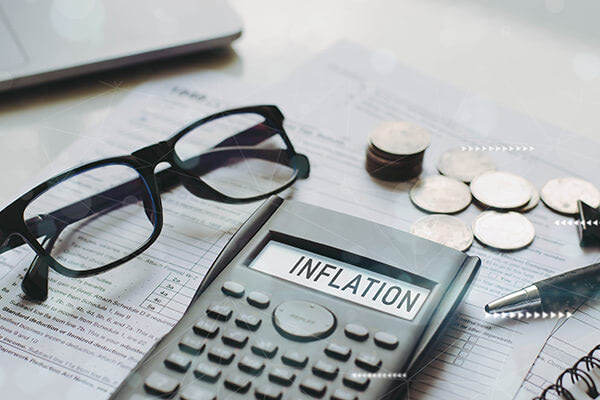What does it mean now that the Bank of Canada has paused rate hikes? Here’s what you should know about the central bank’s movements.

Managing your mortgage payments without locking in
Managing your mortgage payments if you have a variable rate can feel extremely overwhelming right now. Your payments are increasing, without assurance that rate hikes will stop in the near future. Before you decide converting to a fixed rate is the best choice, though, consider how you can handle your mortgage without locking in. You don’t necessarily have to convert to a fixed rate to balance your payments!
Why people value fixed rates
Canadians put a big value on fixed-rate products because they offer certainty and predictability. When it comes to mortgages, no one really enjoys not knowing if or when their payments will increase. Finances are least stressful when you can plan for them, especially in today’s economy. Inflation is prompting borrowers to look for ways to find some certainty in their expenses. Locking into a fixed rate gives borrowers that predictability, and they will always know how much they owe each month because their interest rate will not change. This seems like a simple enough solution on the surface, but it comes with a snag that might prevent borrowers from enjoying it.
The issue with fixed rates
The problem with converting to a fixed rate today is that its benefits may be short lived. Right now, fixed rates are lower than many variable rates, and they offer payment certainty. However, within a year, variable rates may decline once again, perhaps even below fixed rates. This will be the result of a possible recession. This means borrowers with a fixed rate in one year could end up paying more than those with a variable rate. You may keep that payment predictability, but the expenses will be higher.
What are some alternative solutions?
So, is there a long-term solution that doesn’t involve converting to a fixed rate? While keeping your variable rate, you have a couple of options for finding predictability. One option is to readjust your amortization schedule. While this doesn’t mean your payments will always be the exact same, it can definitely help ease the stress of higher payments. If you lengthen your amortization period, you will owe less each month because you will be paying off your mortgage over a longer stretch of time. This does mean you will be in mortgage debt for longer, but each month will be easier to manage. If you get to a point where you feel confident in your abilities to make larger payments once again, you can always shorten your term length down the road.
Another option is to pay your variable rate like it’s a fixed rate. We covered this topic earlier this year, which you can read about in detail here. Basically, this means paying your variable rate as if you hold a higher fixed rate. Doing this cushions you a bit if the prime rate increases once again, because you’re already paying a slightly higher rate. This means rate hikes won’t affect you so much.
Without locking in and converting to a fixed rate, it might seem tricky to find balance and predictability with your mortgage. While variable rates will never be one hundred per cent certain, you can find ways to manage your payments with less stress. You should reach out to a mortgage broker if you need help getting started. Mortgages can be confusing, and we can assist you with finding the right solution.
If you have any questions about your mortgage, get in touch with us at Clinton Wilkins Mortgage Team! You can call us at (902) 482-2770 or contact us here.


